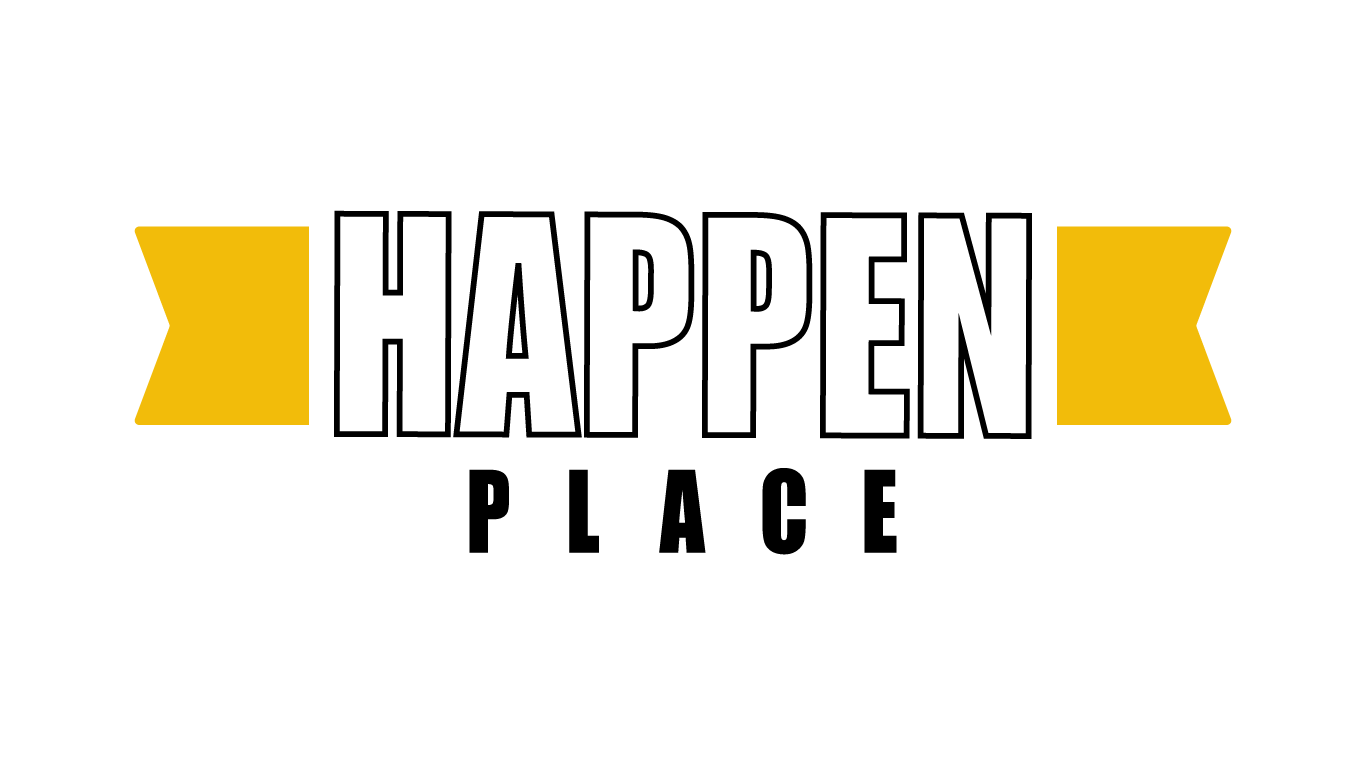Student Loan Collections Restart: Essential Steps for Borrowers Today
Student loan collections resume after a long pause—learn what this means for borrowers, how to prepare, and what steps to take to avoid default.
Federal student loan collections are back
After a years-long pause due to the COVID-19 pandemic, the U.S. Department of Education has officially resumed collections on defaulted federal student loans. For millions of borrowers, this marks a significant change, especially those who haven’t faced collection activity in quite some time.
The restart means that wage garnishments, tax refund seizures, and other federal recovery methods are once again in motion.
While some safeguards are temporarily in place to ease the transition, understanding what’s happening—and what options are available—is critical for anyone with a defaulted loan.
This article breaks down the current landscape, outlines borrower protections, and provides actionable steps to help avoid or resolve collections.

What Does It Mean That Student Loan Collections Resume?
When student loan collections resume, the federal government begins actively pursuing repayment of defaulted loans through various enforcement tools.
These include garnishing wages without a court order, intercepting tax refunds, and reducing Social Security benefits.
Collections were paused during the pandemic under emergency measures, but with the pause now ended, collection agencies and the Treasury Offset Program are fully operational again.
Borrowers who had loans in default before March 2020 may be most affected. These individuals may not have received recent communication or may be unaware of what their current loan status even is.
Now that the collections system has re-engaged, staying informed and taking swift action is more important than ever.
Borrowers brace for impact as student loan collections restart nationwide. (Photo by Freepik)
Temporary Protections Are in Place—But Not Forever
The Department of Education has introduced a limited-time safety net called the “Fresh Start” program.
It’s designed to give borrowers in default a chance to re-enter good standing without facing immediate penalties. Under Fresh Start, borrowers can:
- Restore access to federal financial aid.
- Halt wage garnishments and tax offsets.
- Be removed from negative credit reporting.
- Enroll in affordable repayment plans.
However, this opportunity is not automatic forever. Borrowers must take action, typically by contacting their loan servicer and agreeing to an income-driven repayment plan.
The window to take advantage of Fresh Start is limited—currently set to expire sometime in 2025—so it’s crucial to act early.
Steps Borrowers Should Take Now
- Check Your Loan Status: Visit studentaid.gov and log in to verify the current state of your federal student loans. See if you’re in default or eligible for Fresh Start.
- Contact Your Servicer: Speak with your loan servicer or the Default Resolution Group to understand your options.
- Consider Income-Driven Repayment: Plans like SAVE, PAYE, or IBR can significantly lower monthly payments based on income.
- Apply for Fresh Start: If you’re in default, initiate Fresh Start to bring your loans back into good standing.
- Watch for Scams: With collections resuming, scam activity is rising. Only engage with verified servicers or the official Department of Education website.
Being proactive now can prevent painful consequences later—like surprise paycheck deductions or lost tax refunds.
What Happens If You Don’t Act?
If borrowers ignore the restart of collections, the government has legal authority to reclaim money through administrative wage garnishment or federal benefit offsets.
This doesn’t require court involvement, and there’s no formal warning before it begins. It can deeply impact financial stability and credit scores.
Failing to respond may also forfeit eligibility for programs like Fresh Start, which could make resolution more costly and complicated in the future.
What If You Have Private Student Loans?
Private student loans are not affected by federal collection pauses or Fresh Start. However, private lenders can also resume their own collection efforts, often through lawsuits or third-party collectors.
If you’re behind on private loans, reach out to the lender directly to negotiate or explore refinancing options.
Looking Ahead
The resumption of student loan collections marks a turning point in post-pandemic financial policy. Borrowers who act early, stay informed, and explore repayment or forgiveness options will be in a much stronger position to navigate this transition.
On the other hand, those who delay may face consequences that can stretch years into the future.
If you’re unsure where to begin, start with a simple phone call to your loan servicer. A few minutes of action today can save you months of financial strain tomorrow.

